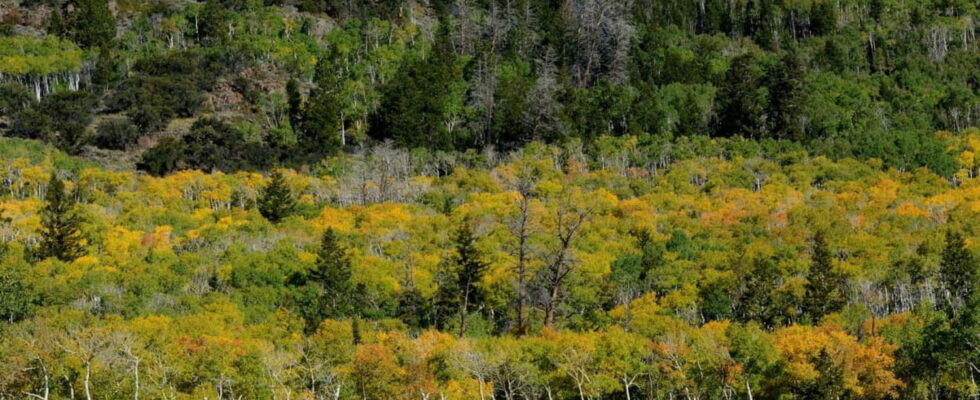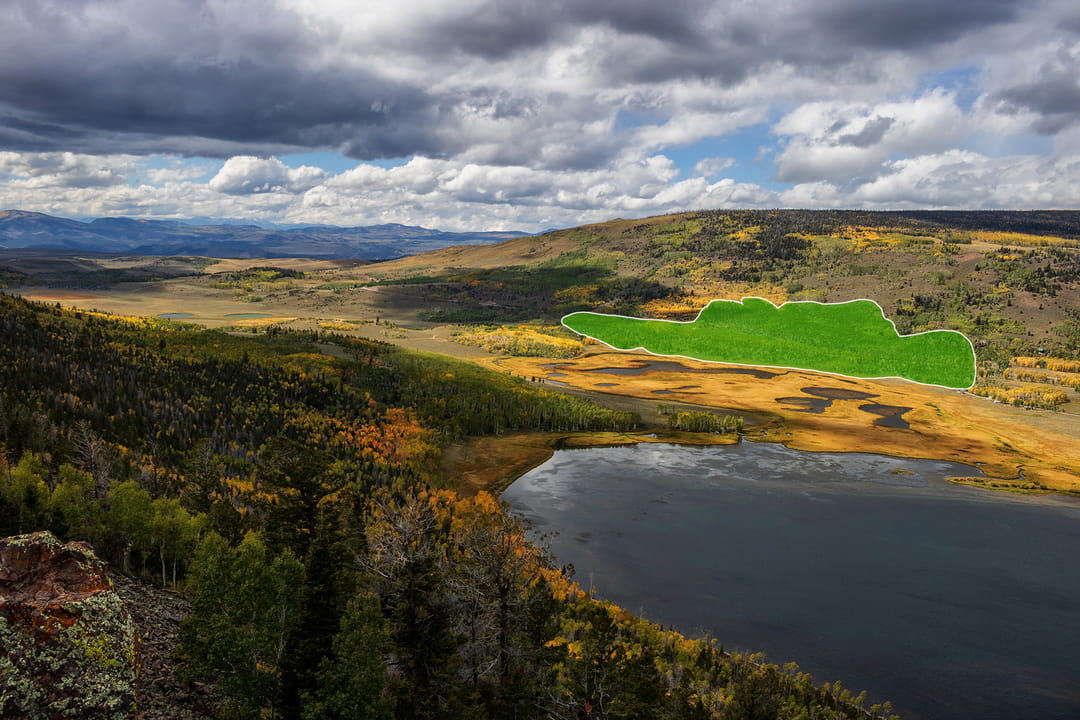An organism around ten thousand years old was recently discovered by scientists. He would be the oldest living being on Earth.
His name is Pando. Since the Ice Age, this living being has grown in Utah, United States. Made up of a single tree, this immense forest is made up of 47,000 poplars, present over 43 hectares. It is an interconnected organism since its thousands of stems are connected by a single root. Its name, which means “I extend” or “I spread” in Latin, therefore owes nothing to chance. Incredible but true, this forest which seems to come from a tale or a fantastic story, is the oldest of all life on Earth!
A team of American scientists, led by Rozenn Pineau and her colleagues at the Georgia Institute of Technology in Atlanta, carried out some research on this organic veteran. According to them, Pando is not only the largest tree in the world, but also one of the oldest living organisms on Earth. It even dates from the end of the ice age, around 34,000 years ago. Taking into account the uncertainties, its age would therefore oscillate between 16,000 and 81,000 years.
Despite everything, these estimates must be considered with caution because they have not yet been evaluated by a reading committee. Which makes it possible to compare opinions and points of view on the articles and to limit the risk of errors (orthographic, syntactic, but also substantive) before their publication. The study is nevertheless already available on the prepublication server bioRxiv.
To arrive at these conclusions, Rozenn Pineau’s team “sampled leaves, roots and pieces of bark and extracted the genetic material”, indicates New Scientist. The scientists focused their research on somatic tree mutations, that is, DNA changes that occur in an organism’s cells after conception. With this research, they hope to determine how Pando was able to avoid the accumulation of genes harmful to its development.
For now, Pando is competing against two competitors in this longevity competition: a 43,000-year-old Tasmanian clonal forest and Posidonia meadows, present in the Mediterranean Sea, which could be 200,000 years old. , specifies New Scientist. It will take further future research to declare who emerges victorious.

